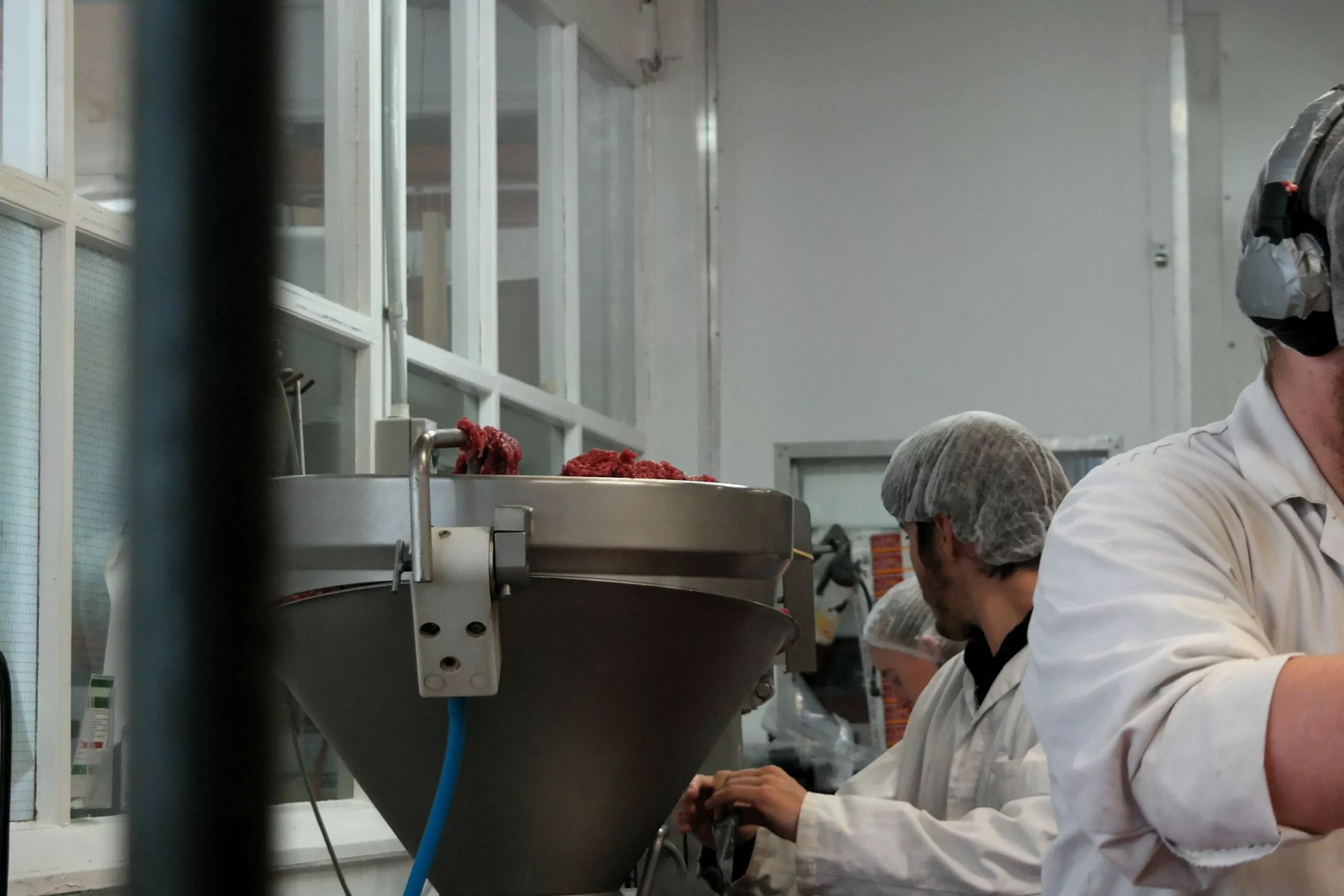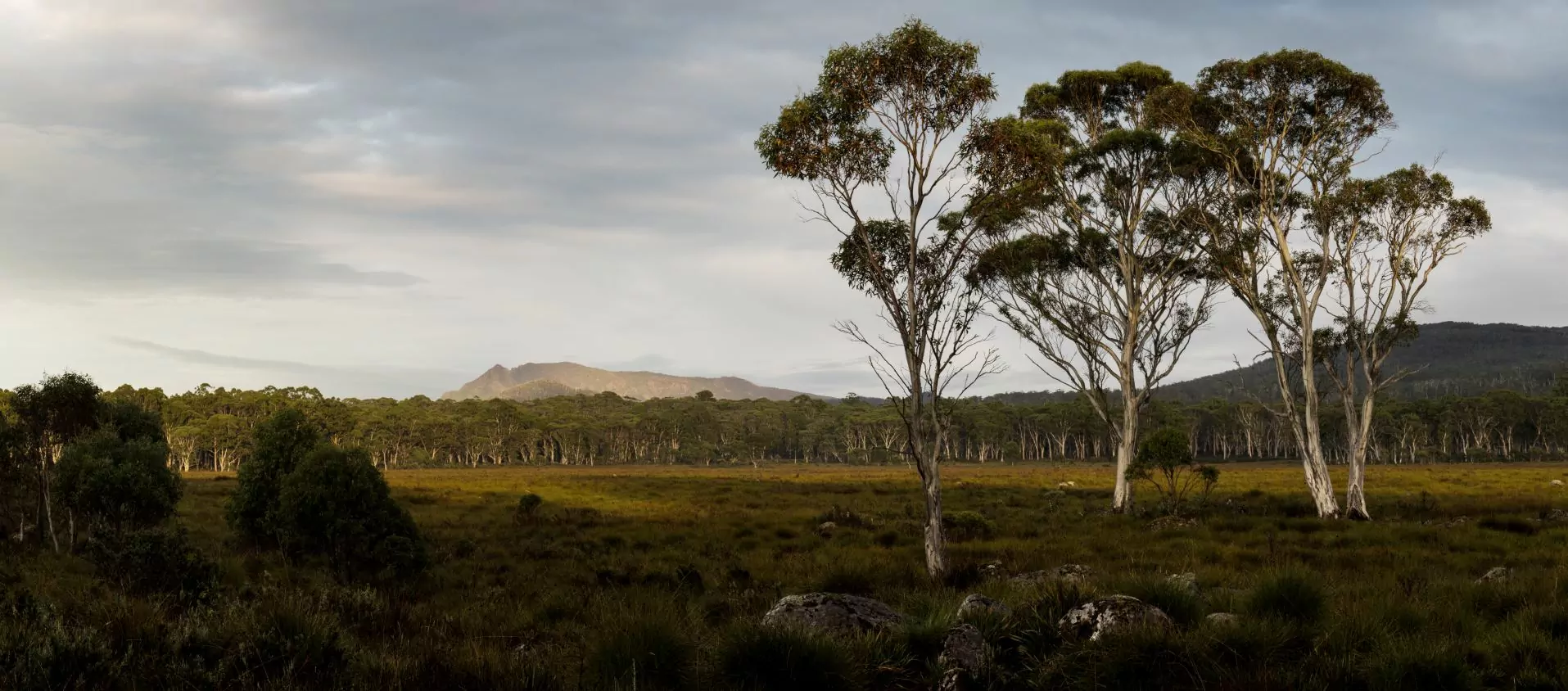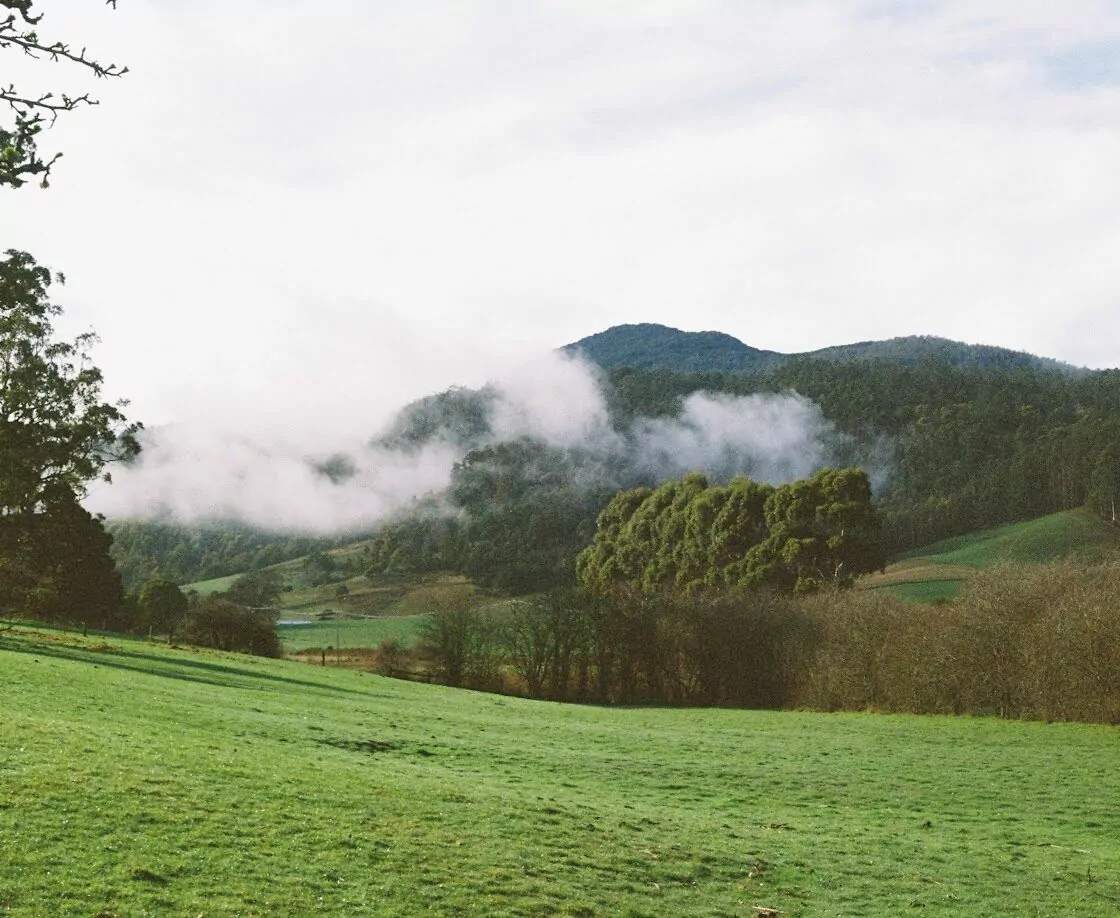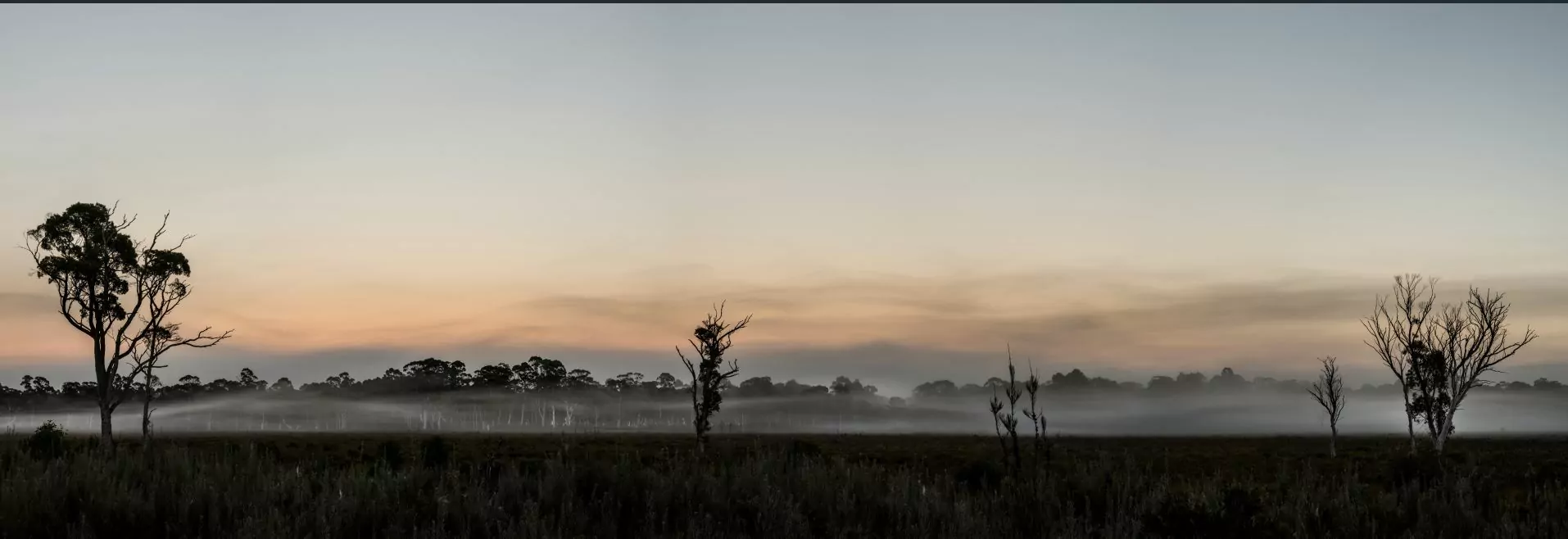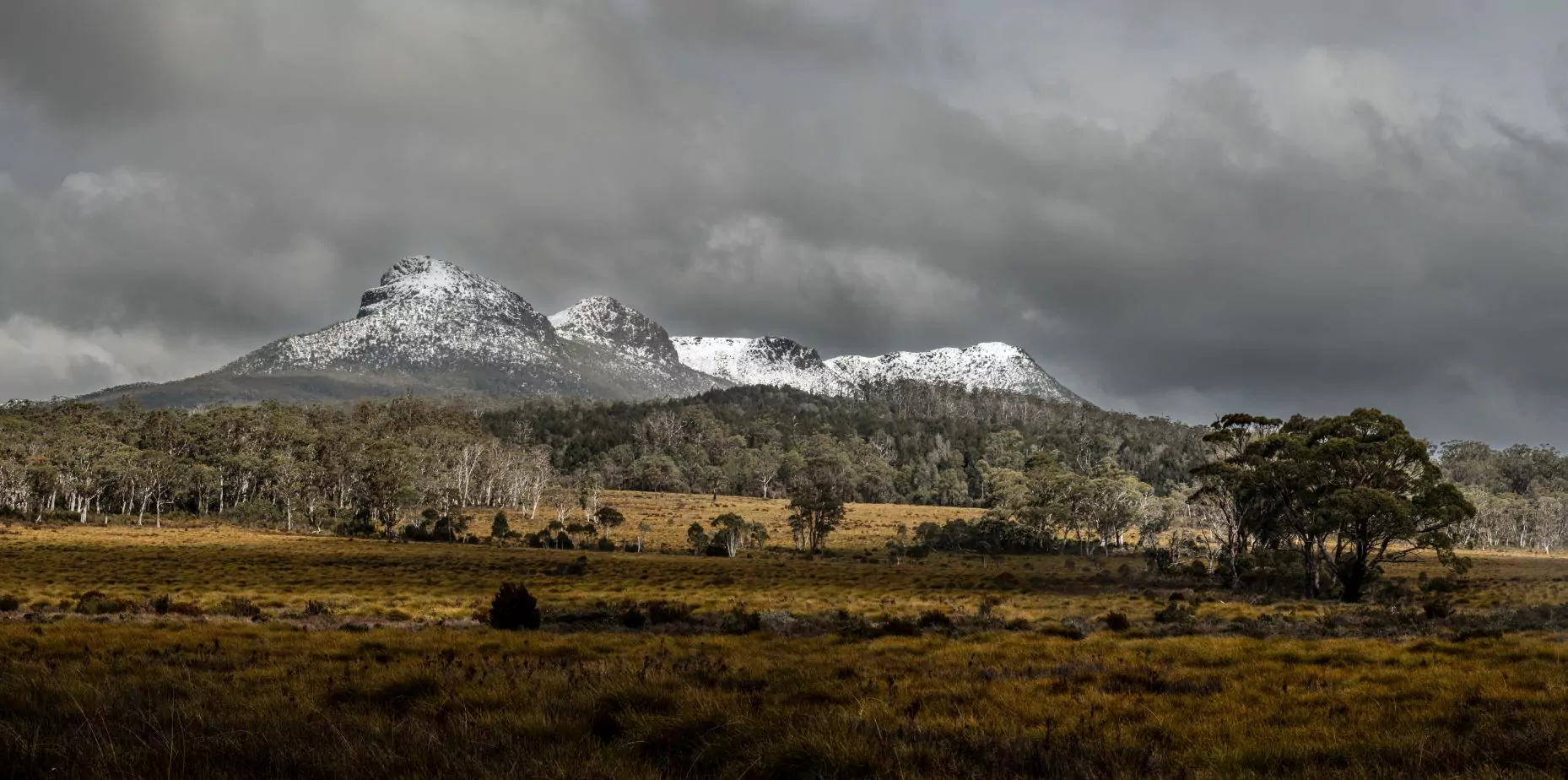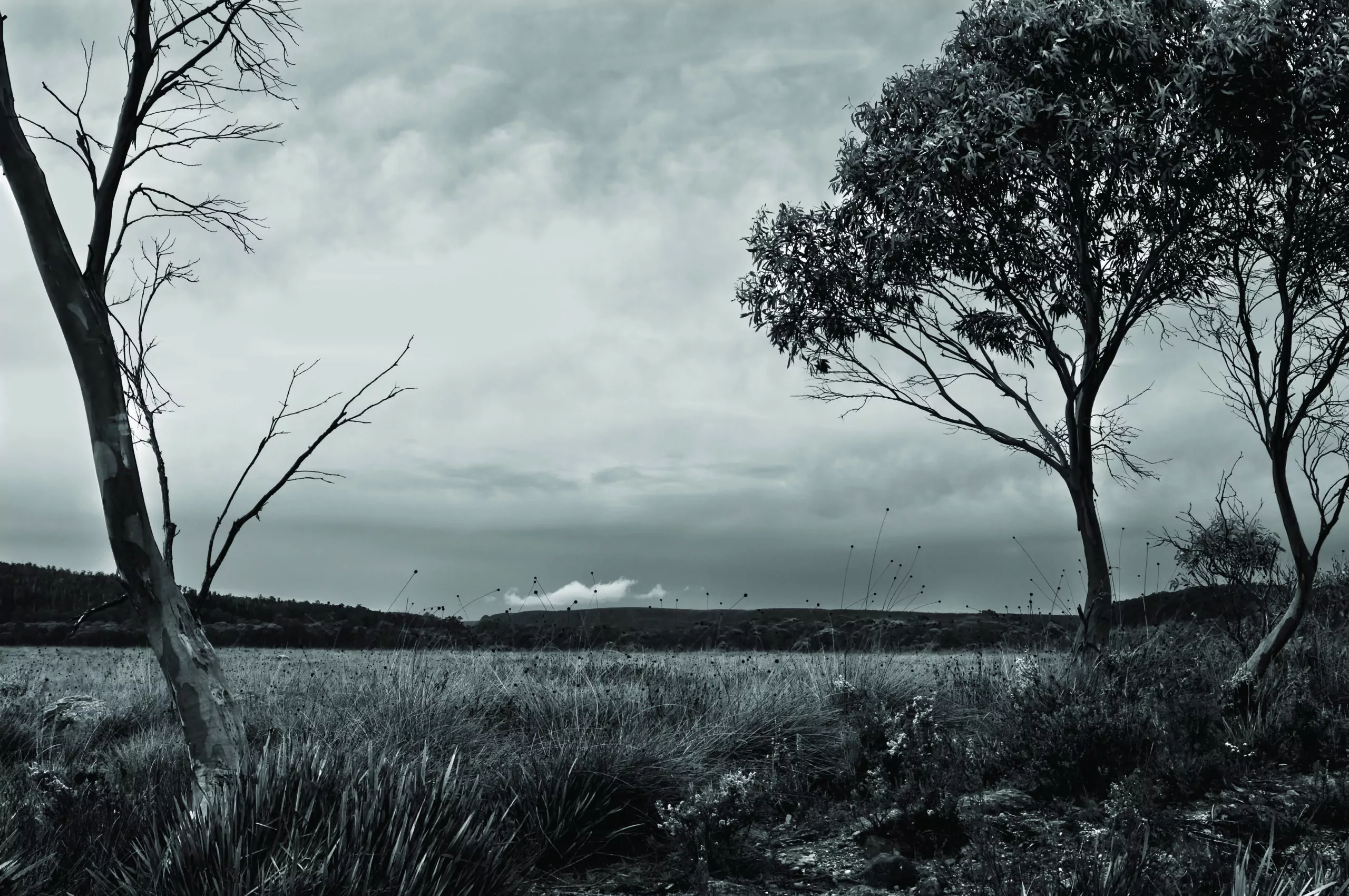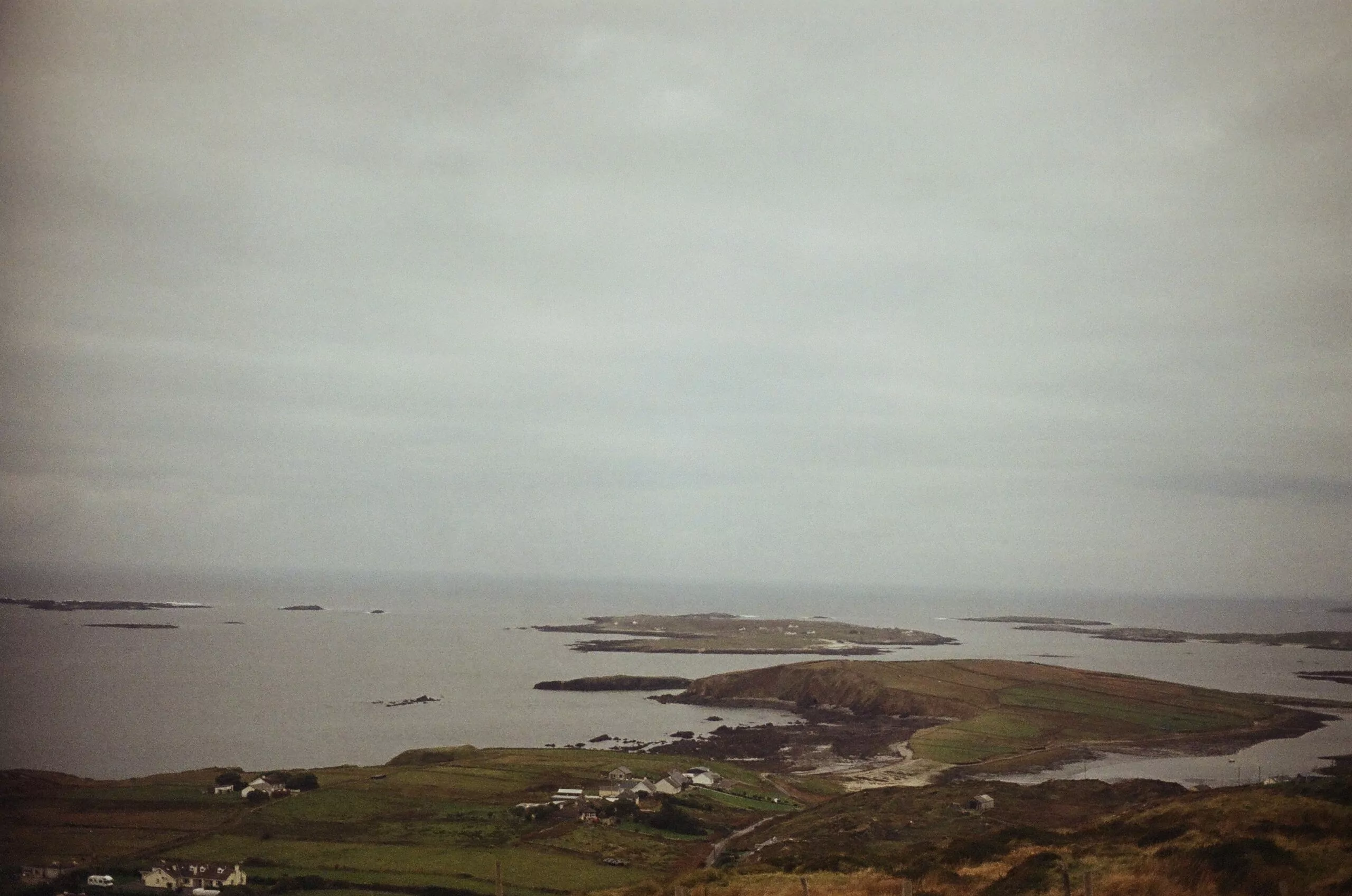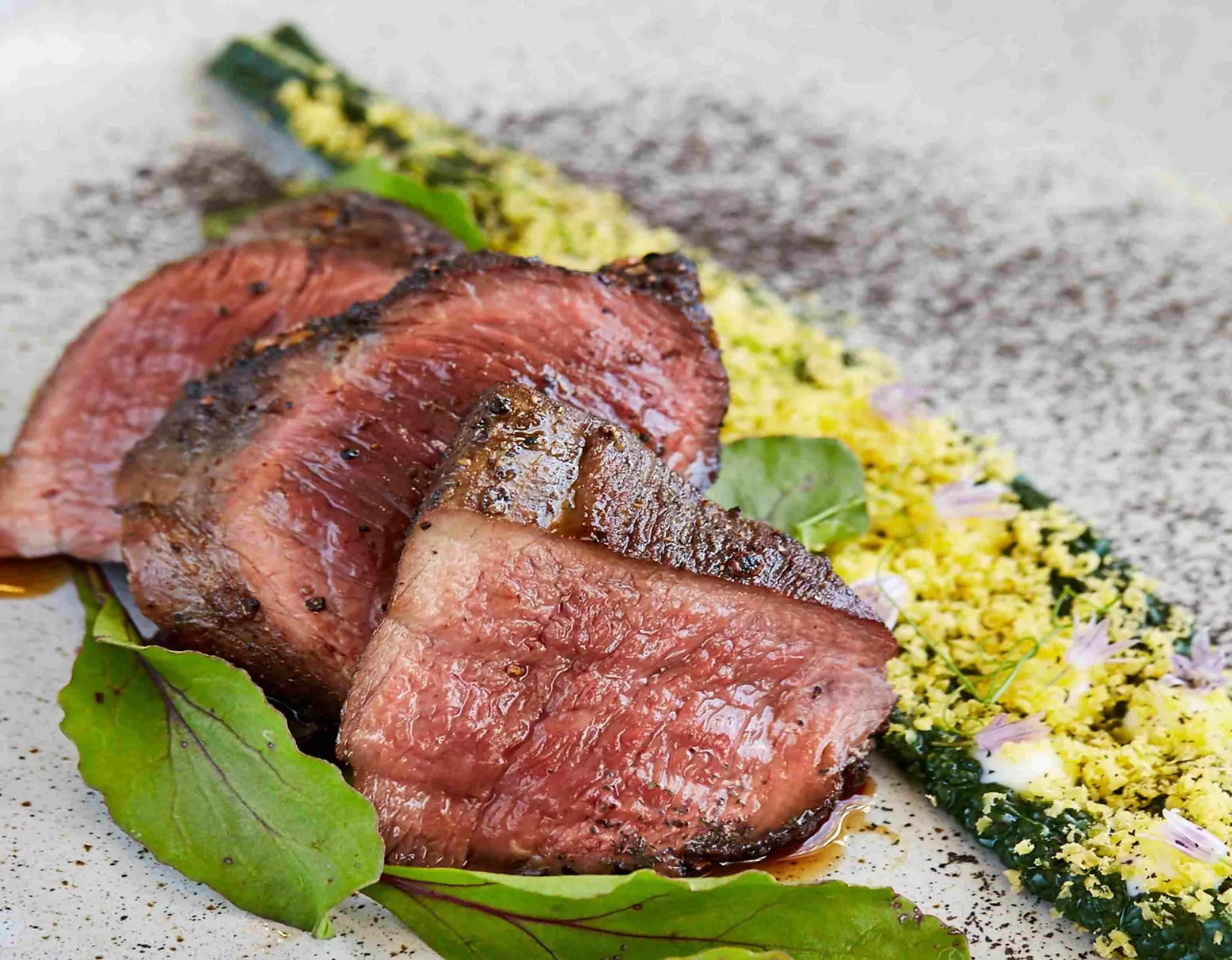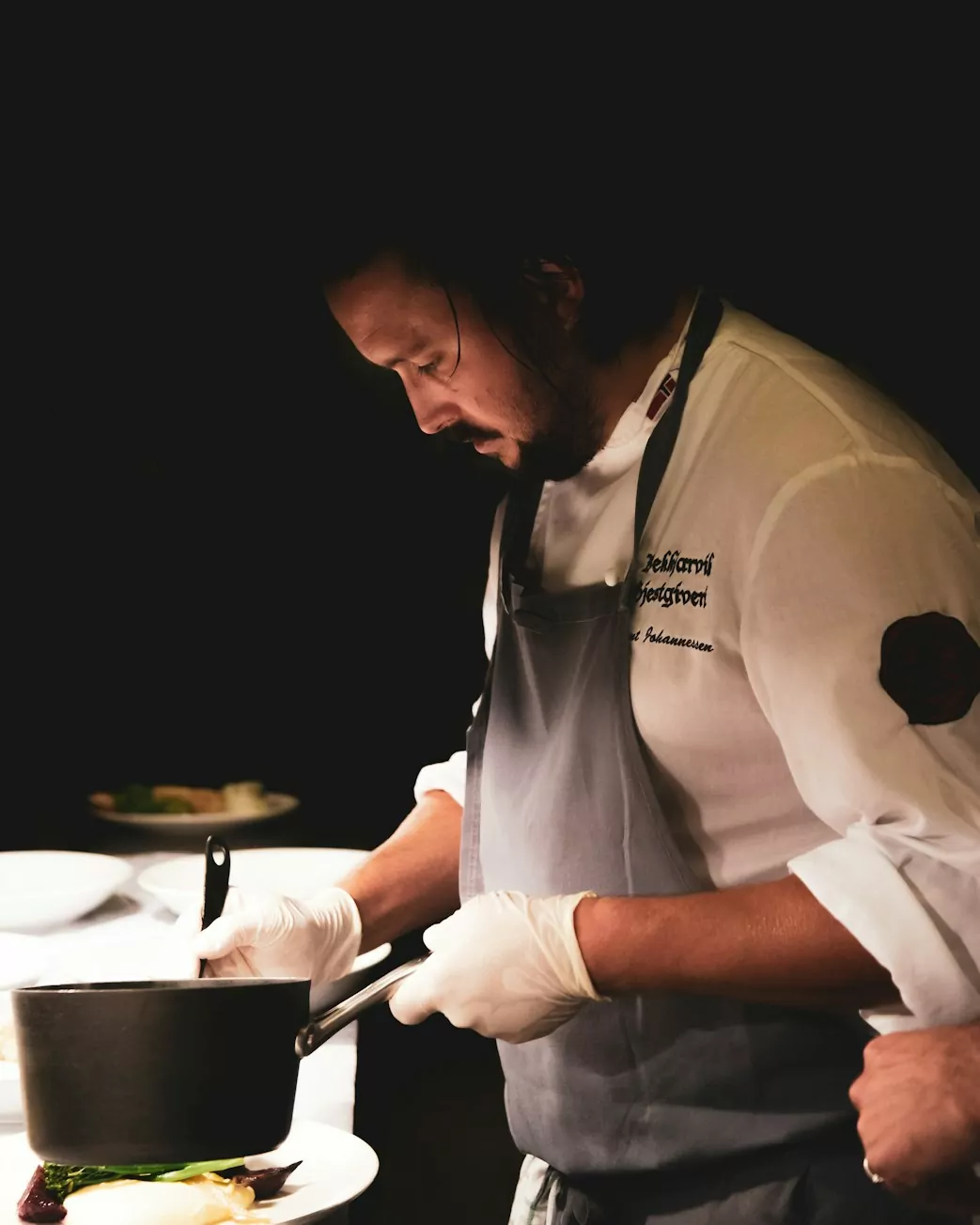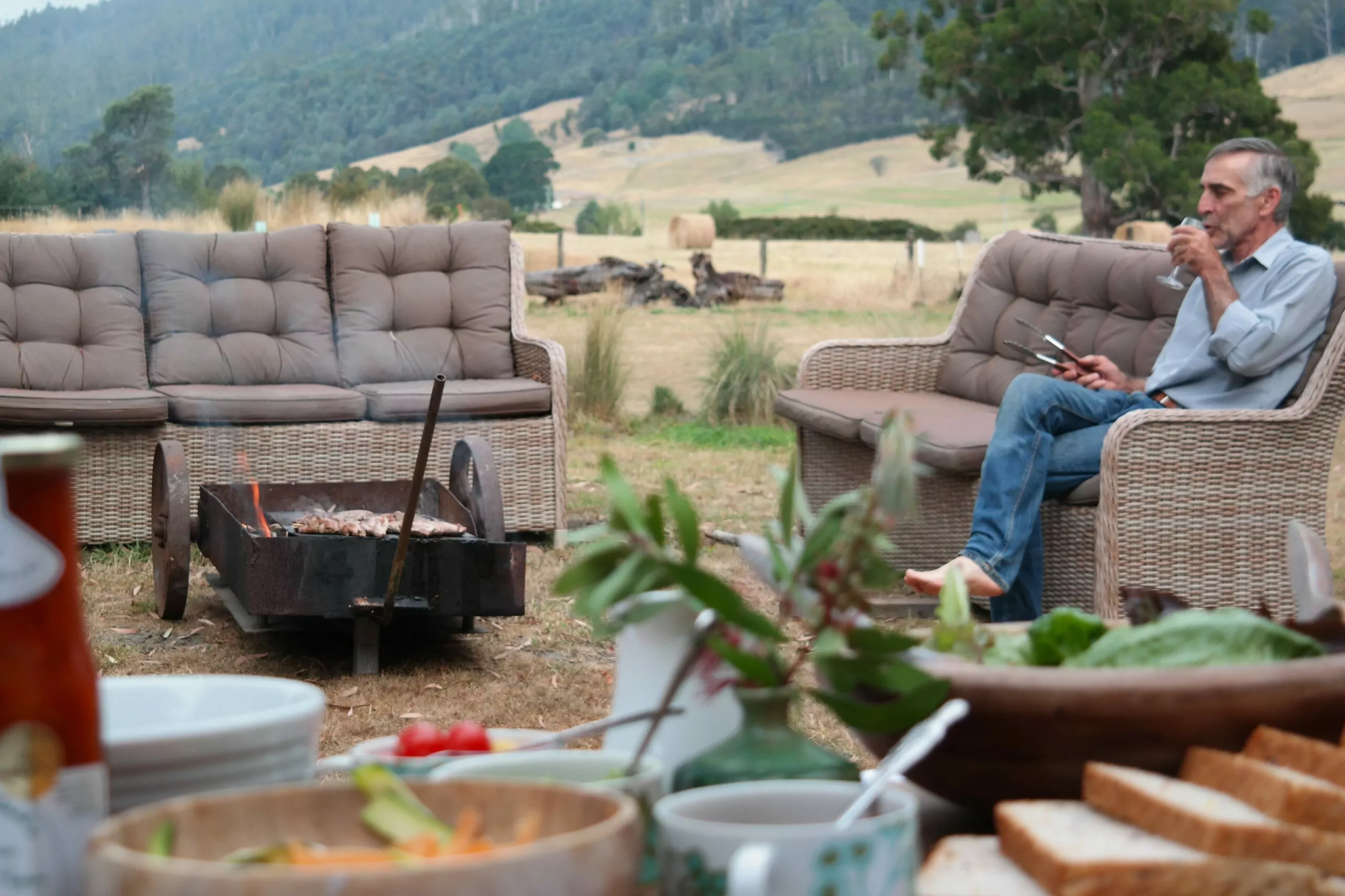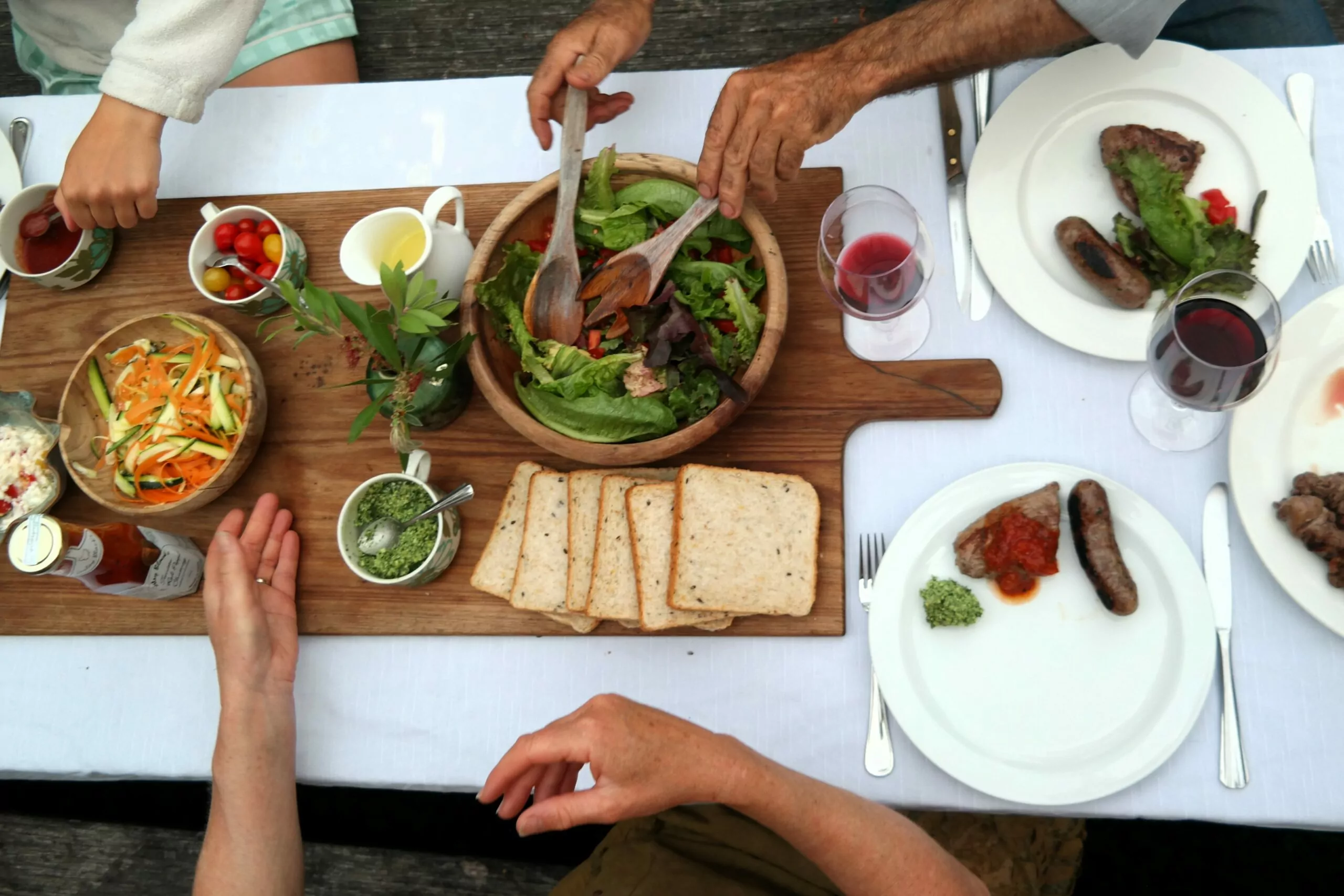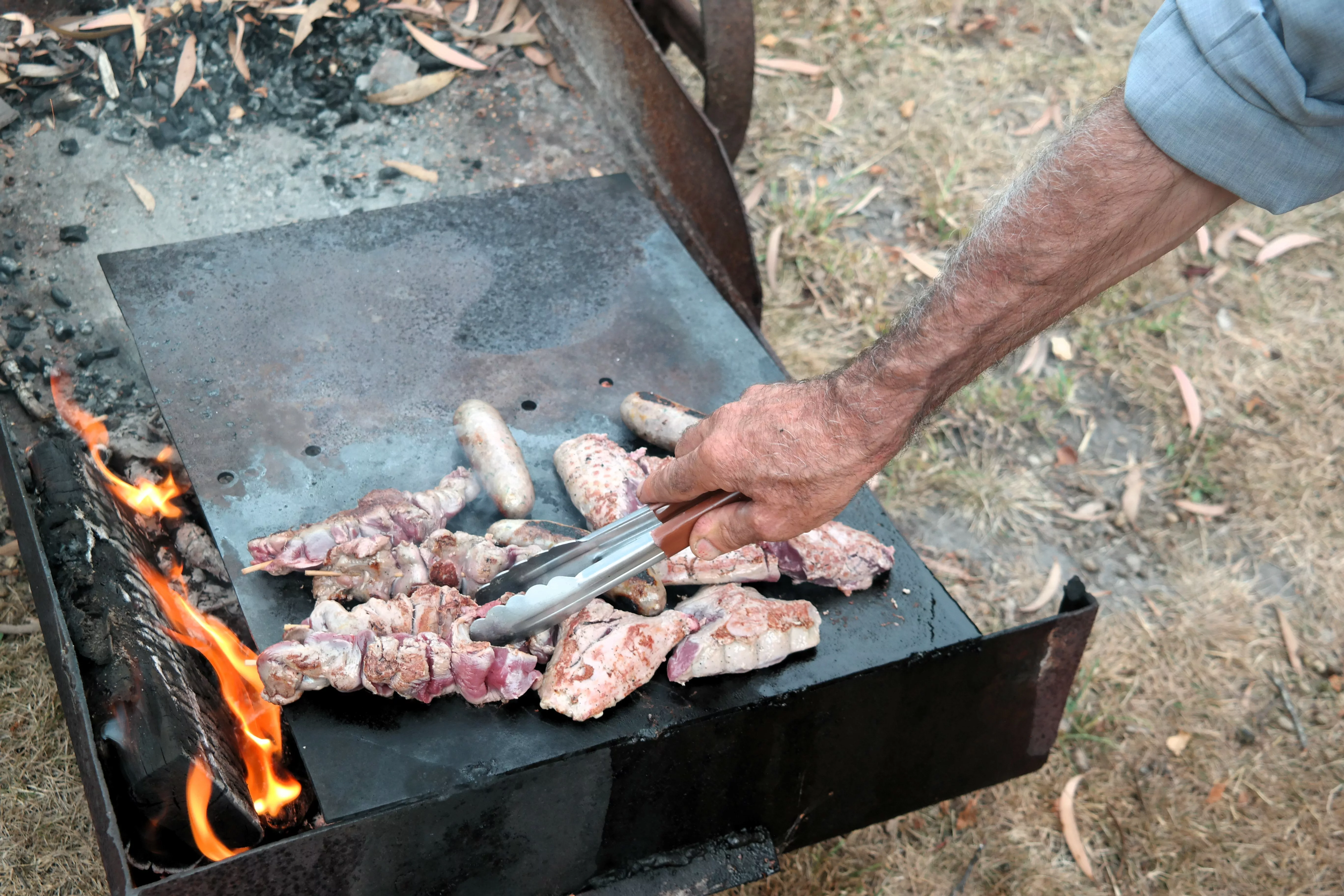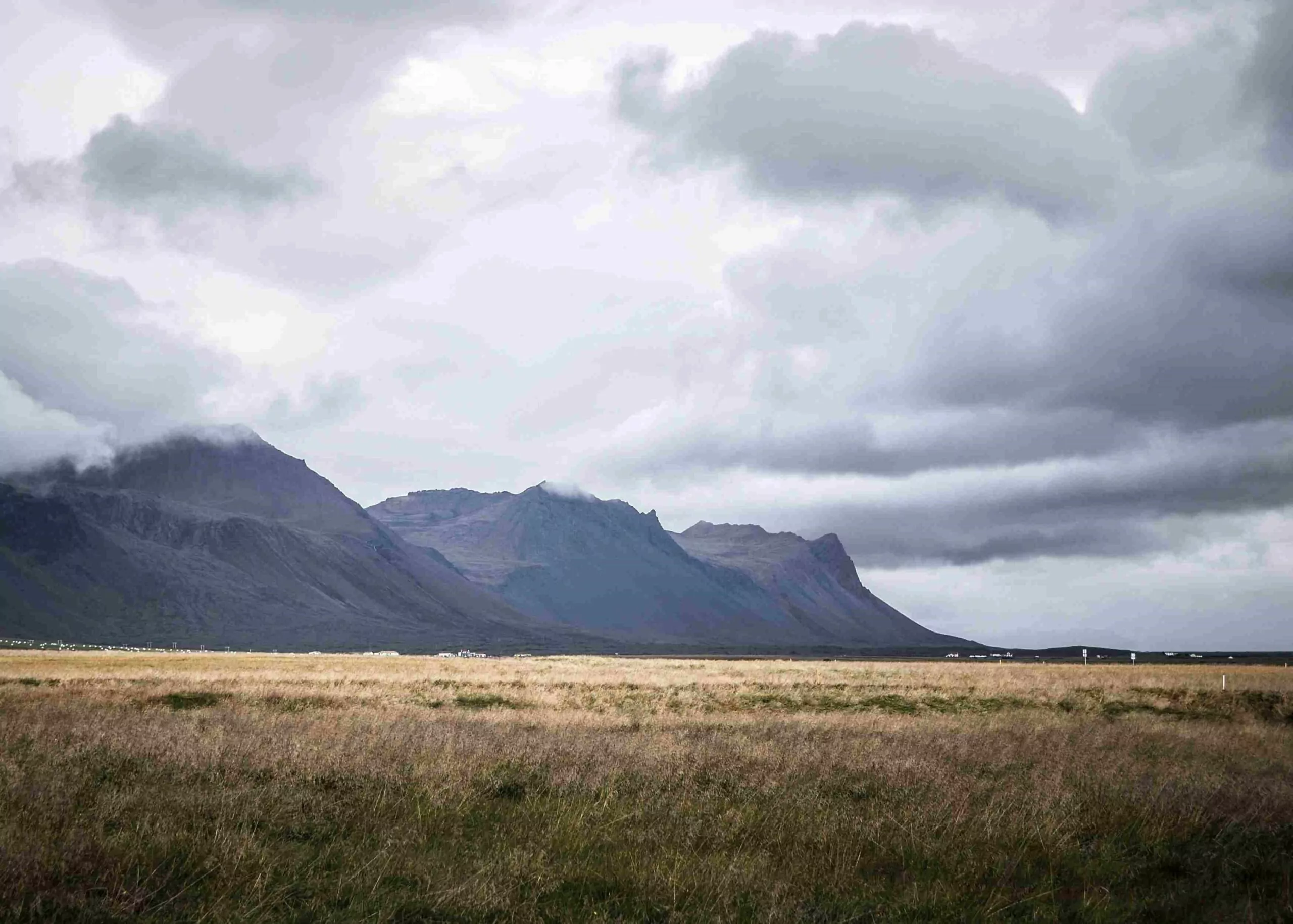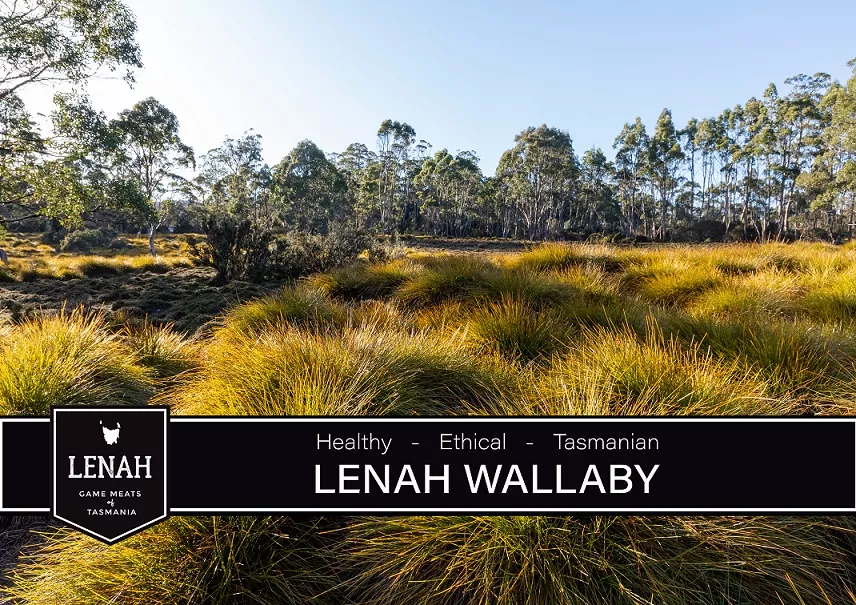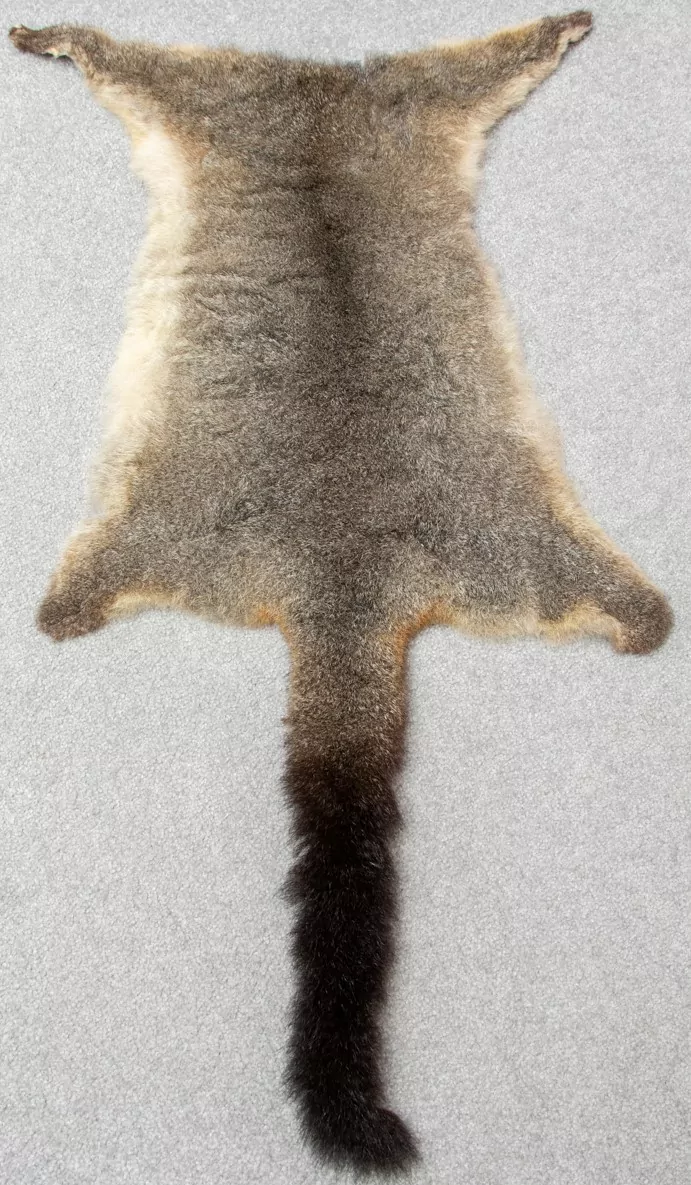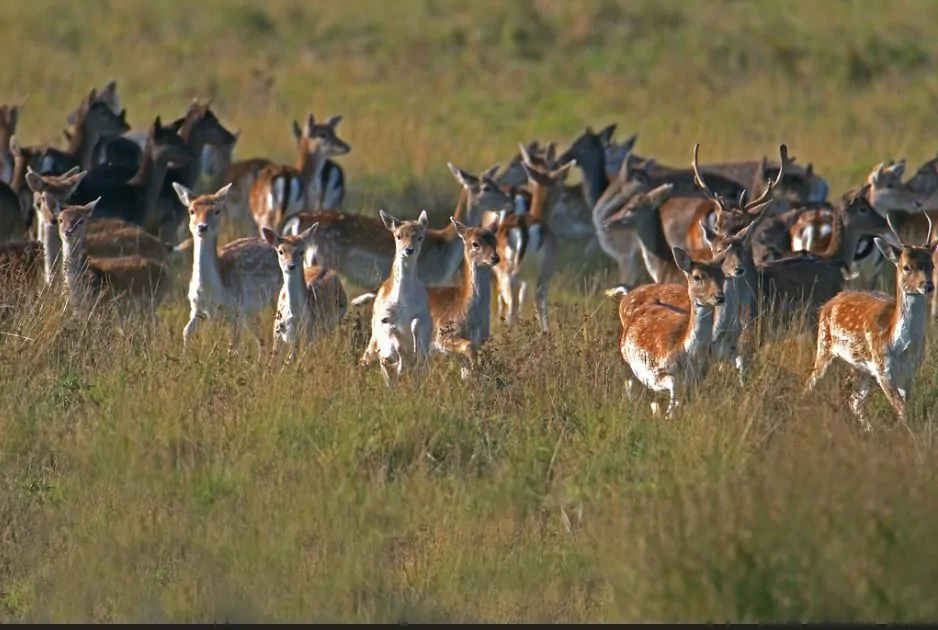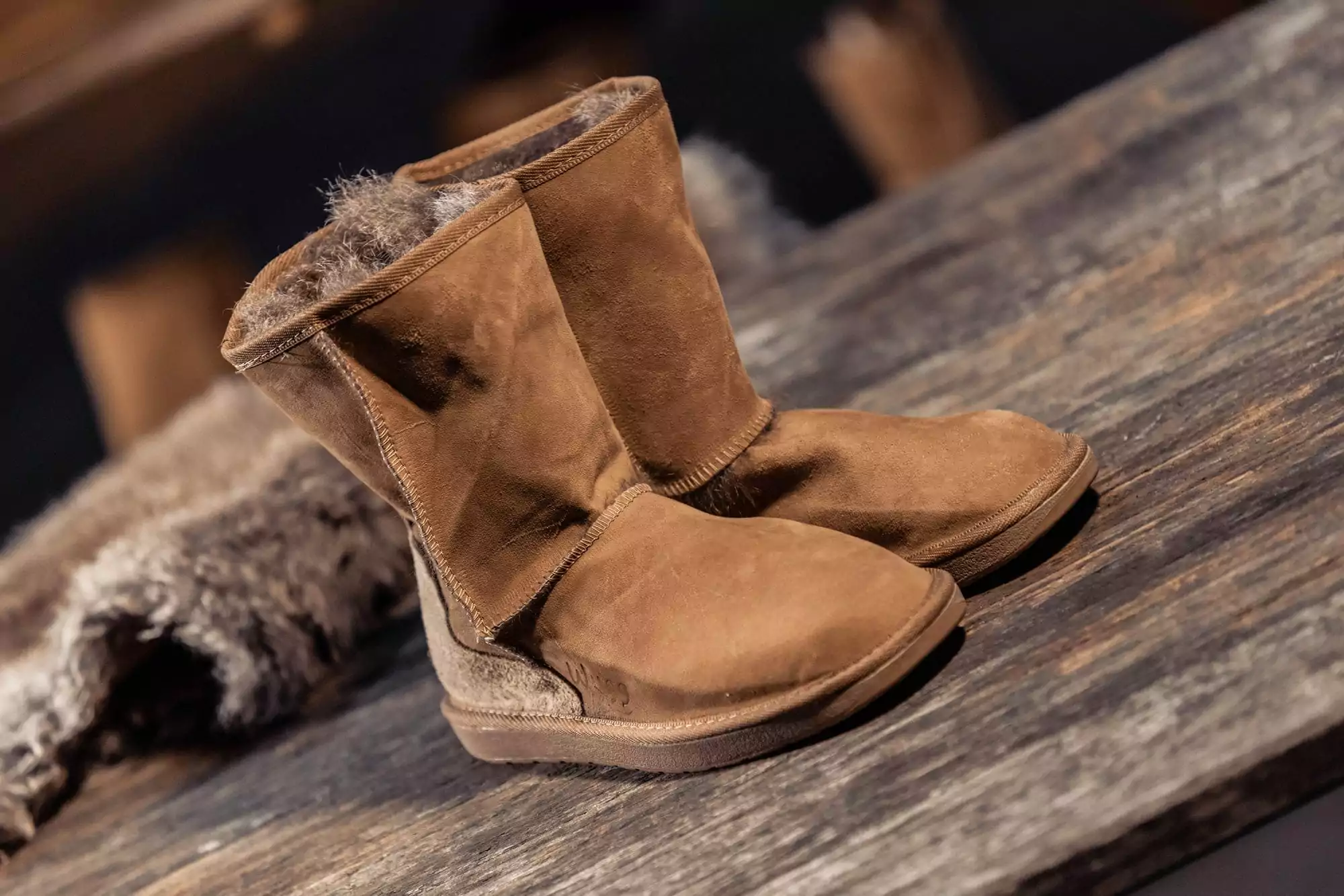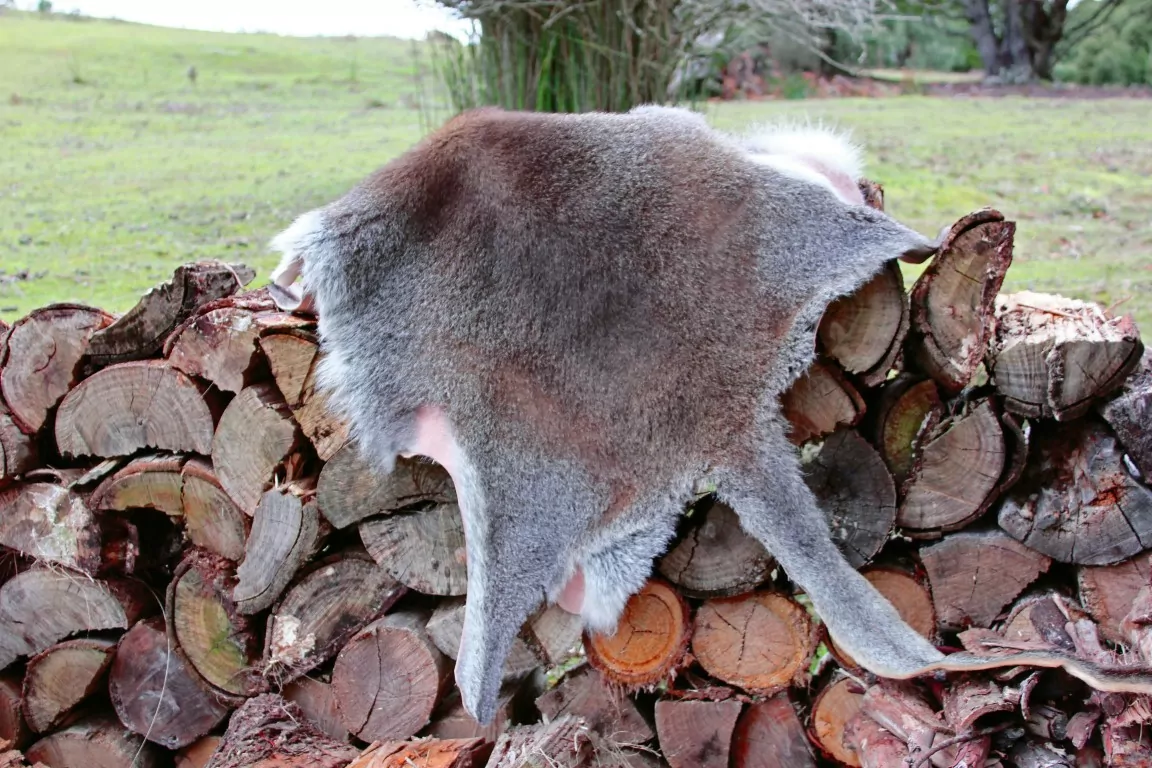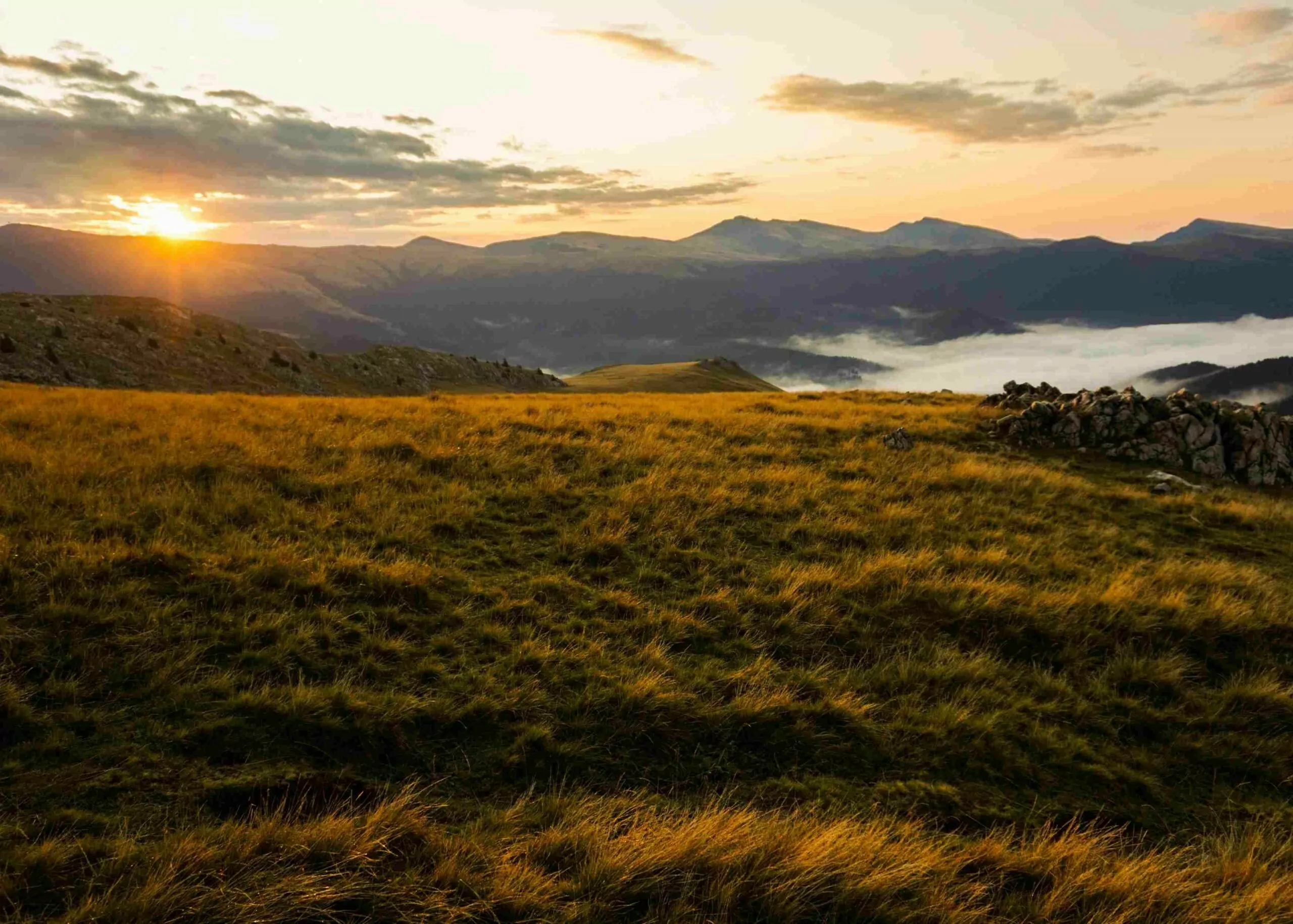
IS IT LIKE KANGAROO?
No, not really.
Whilst it is harvested in the wild, is low in fat and also is an environmentally friendly product, wallaby is a sweeter and much tenderer meat than kangaroo. It’s harvested from lush green Tasmanian grasslands (it is only legal to harvest wallaby in Tasmania). Think of it as the veal of kangaroo.
IS IT LEGAL?
Yes.
Our harvesting operations are undertaken in accordance with strict Government regulations. All Harvesters are licensed by the government and must have permits to harvest from each property they operate on. Our premise is licensed and operated exactly like any other meat producing premise and both it and our Harvesters are regularly audited by Government Inspectors.
I AM A CHEF BUT IM NOT IN TAS. HOW DO I SOURCE YOUR WALLABY?
Yes! We have a delivery system that can get our product virtually anywhere along the east coast of Australia and South Australia. Please contact us.
I AM A HOME COOK BUT I DONT LIVE IN TAS. CAN I SOURCE YOUR PRODUCT?
Yay! We have an online ordering system that services most populations right around the country. Please visit our online shop.
I LIVE IN NORTHERN TAS AND WANT TO BUY DIRECT FROM YOU. CAN I?
We do encourage you to support our local stockists but it is true there are some products you have to get direct. Order online. Under Delivery click on Pick Up. We will let you know when your order is ready for collection. Easy peasy.
IS THE NATURAL WALLABY POPULATION THREATENED?
No
Sustainability of the naturally occurring Bennett’s wallaby population is central to everything we do. The long term sustainability of this resource is ensured through rigorous annual government monitoring of the population to ensure numbers remain high. The current Tasmanian wallaby population is over 3 million animals.
WHAT DOES IT TASTE LIKE?
Tasmanian wallaby is harvested from Tasmanian grasslands and has a very mild and sweet taste. It’s not at all gamey – think “pinot noir of red meats”.
IS IT HARD TO COOK?
No
You can use it just like you would any other regular meat that you are familiar with. The only difference is that it is very low in fat and when pan-frying a fillet you should cook it in a very hot pan for only a few minutes. The key is to get it out of the pan!
IS IT HEALTHY?
Yes
Our wallaby processing is subject to exactly the same level of inspection, auditing and testing as beef or lamb. All animals are checked by licenced Meat Inspectors to ensure they are healthy and the product safe to eat. Wallaby is very high in protein and low in fat. The fats it does contain are good for your heart.
MY CAT LOVES EATING YOUR WALLABY MINCE BUT SOMETIMES HE SAYS ‘NO!’. WHY IS THIS?
All our mince is vacuumed packed. This removes the air from the bag and seals it, leaving no oxygen for bacteria to live on. However, no process can remove all the oxygen, and at the very least there will be some still attached to the haemoglobin enzymes in the meat. There will also be some bacteria on the meat as no meat is completely sterile (although we do test ours regularly and it is typically as close to sterile as you can get). So, there will be some bacterial growth and this results in some smell. In the trade it’s called ‘pack taint’ and cats hate it.
The meat is still perfectly good, and your cat may eat it if it’s cooked. Your cat may also eat it if you let it breath for a while before offering it. The other option is to select meat with the longest shelf life left. This will be the most recently packed and have the least pack taint.
RECREATIONAL SHOOTERS, BUCKSHOT AND LENAH’S HARVESTERS. WHAT IS THIS METAL IN MY WALLANAISE?
All our wallaby are wild harvested in the field by licenced shooters using rifles.
All animals are head shot.
There are however recreational shooters in Tasmania who hunt wallaby with shotguns. Sometimes they miss with their main shot and a single pellet or two hits the animal, lodging in the muscle without undue harm. The animal survives.
Extremely rarely, an animal with a small pellet of lead shot embedded in its muscle may be shot by one of our harvesters. Our data suggests the chances of this happening are 1 in 35,000.
It’s exceptionally difficult to detect these small pellets when they are lodged deep in muscle.
Risk to human health has been shown to be low. A long term American study of people who consume significant volume of game meat has demonstrated no elevation of blood lead levels above the general populace. In fact they were lower. This suggests there are many other sources of lead which pose much greater risk than fragments in meat. It notes that the USA Centre for Disease Control and Prevention, the national government health advisory organization, holds no concern that lead fragments in game meat pose a public health risk.
We appreciate the experience of finding a piece of lead shot in your meal made with Lenah Wallaby is distressing and unpleasant, to put it mildly. If it happens please contact us immediately.
Fortunately it is an exceptionally rare 1 in 35,000 event.


